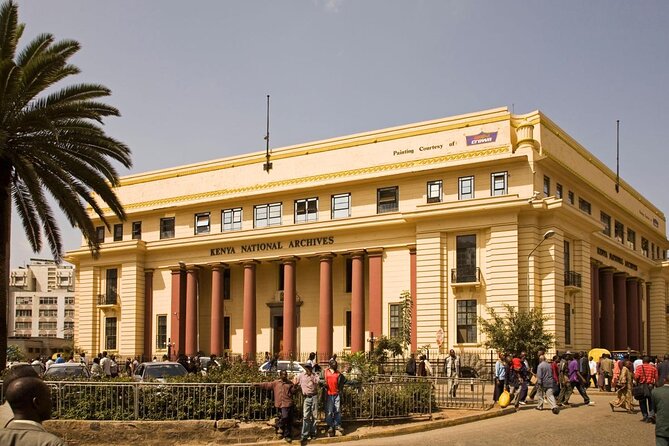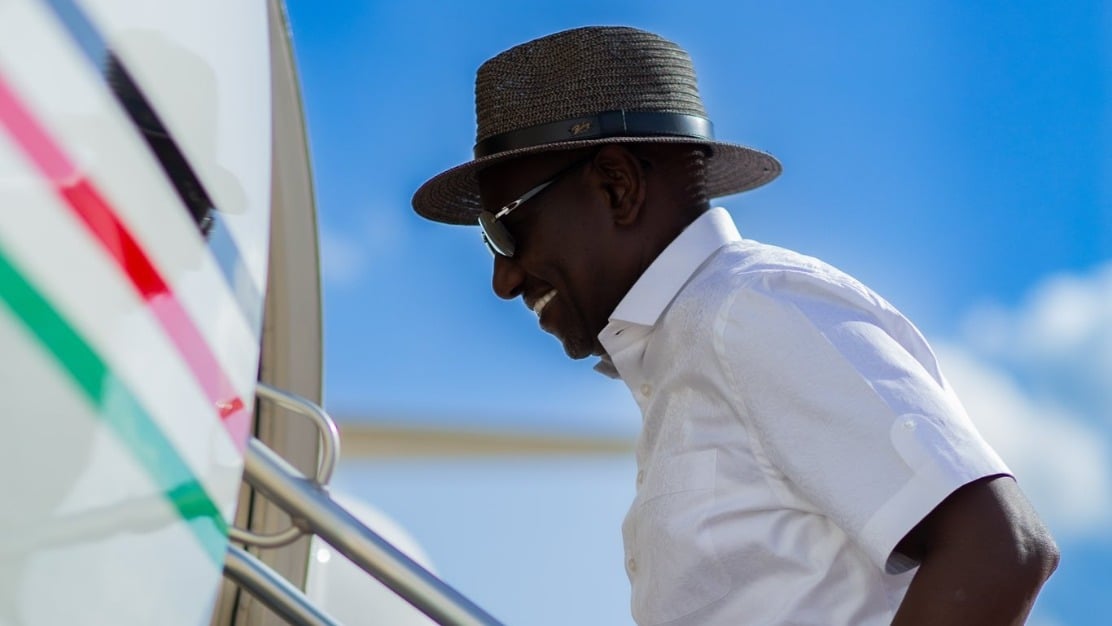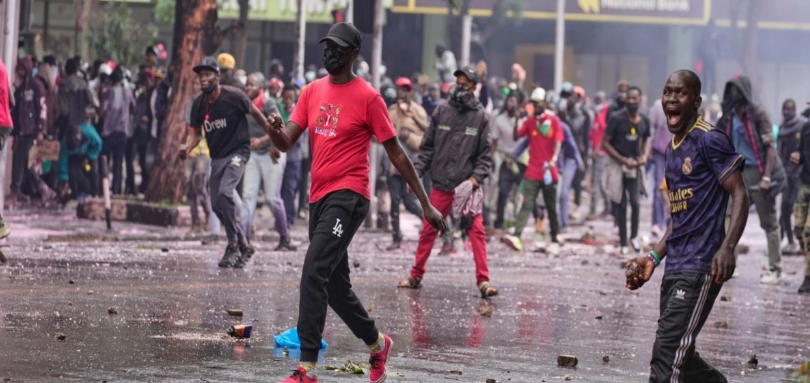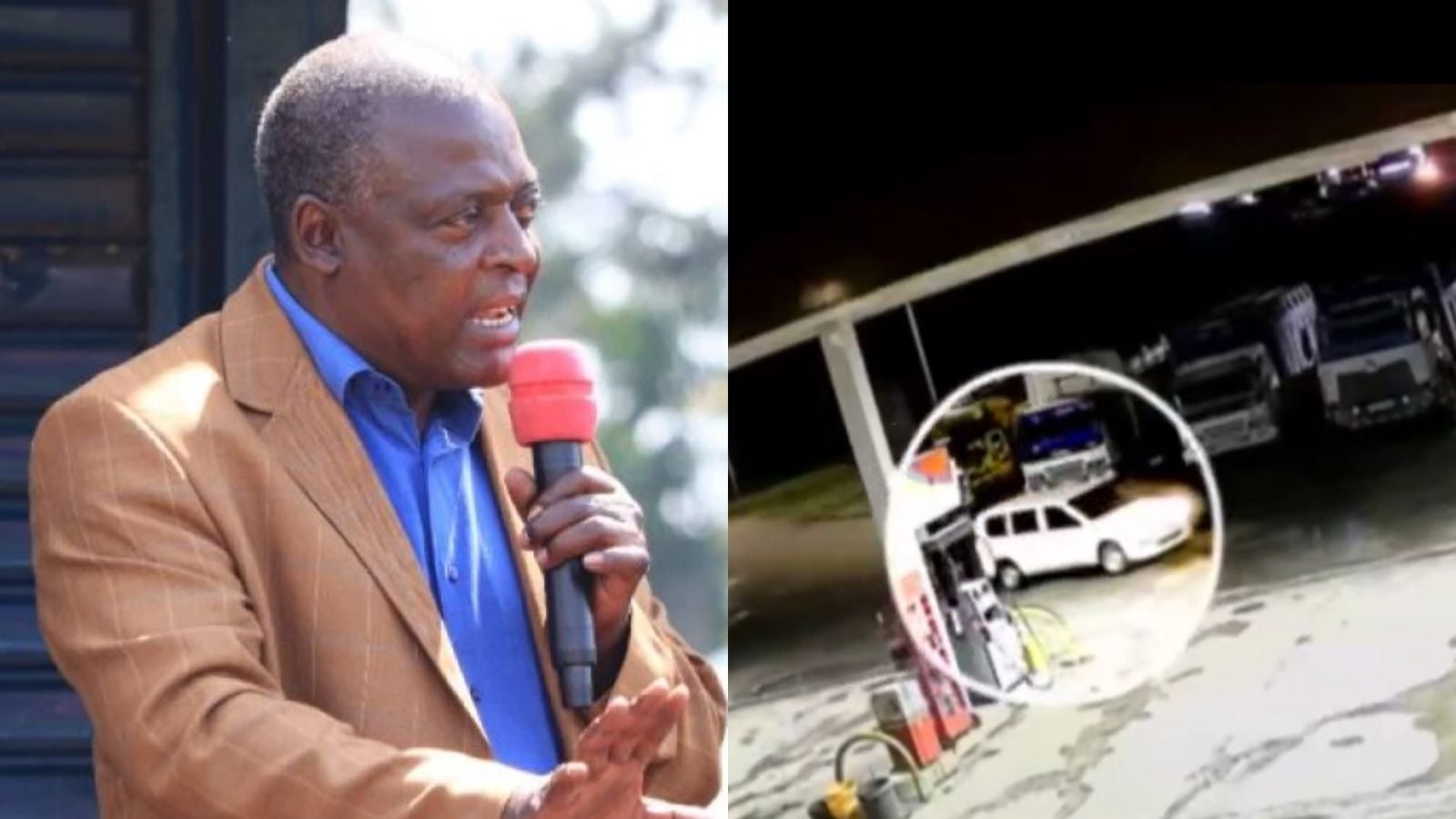Nairobi is the largest city in the country by far and a lot of craze goes to the tall buildings that are have recently been erected in the capital.
For a newcomer, a trip around the city will have your neck in pain for staring at the tall buildings, but, a few of their buildings will ink themselves into your mind for the amazing architectural designs that went into constructing them.
While most of the buildings currently being constructed boast aluminum cladding and glazing, which is borrowed from Europe, one cannot miss the beauty and uniqueness in some of the buildings in and about the Nairobi Central Business District.
These buildings were erected by the Freemasons decades ago and have since been major landmarks around the capital. The Freemasons constructed religious buildings as well as colonial institutions and incorporated their signs and symbols into their work.
The group shaped and defined Nairobi’s early architecture and the buildings today easily capture the attention of passersby owing to the unique designs that makes them classic, and some are today, national monuments.
Read More
Planning of Nairobi began in the 1920s under government architect J.A. Hoogterp. He later relocated to Johannesburg, South Africa, and was succeeded by Sir Herbert Baker, a freemason.
Nairobi’s layout borrowed from various cities around the world including; Washington DC, Paris, Cape Town, Pretoria, Canberra, New Delhi, and La Plata, Argentina. Architectural designs in these cities were deemed masonic, complete with signs and symbols.
A majority of civic and government buildings were designed to form an Ankh - a cross having a loop for its upper vertical arm and serving especially in ancient Egypt as an emblem of life.
The Freemasons were allowed and free to work anywhere in the world. They were famed for their genius bricklaying, stone carving and meticulous construction that has stood the test of times.
Across the city of Nairobi, various buildings ranging from political, economic, academic, and religious institutions were built by the freemasons.
Some of these buildings include: Parliament, the All Saint’s Cathedral, McMillan Library, Kenya Railways headquarters, City Hall, Freemasons Hall. All of them stand out for their unique masonic structures.
City Hall
It was designed by Cobb & Archer and upon completion, opened doors to the public in the 1950s. At the time, it was the tallest building in Nairobi with the clock tower standing at 165 feet.
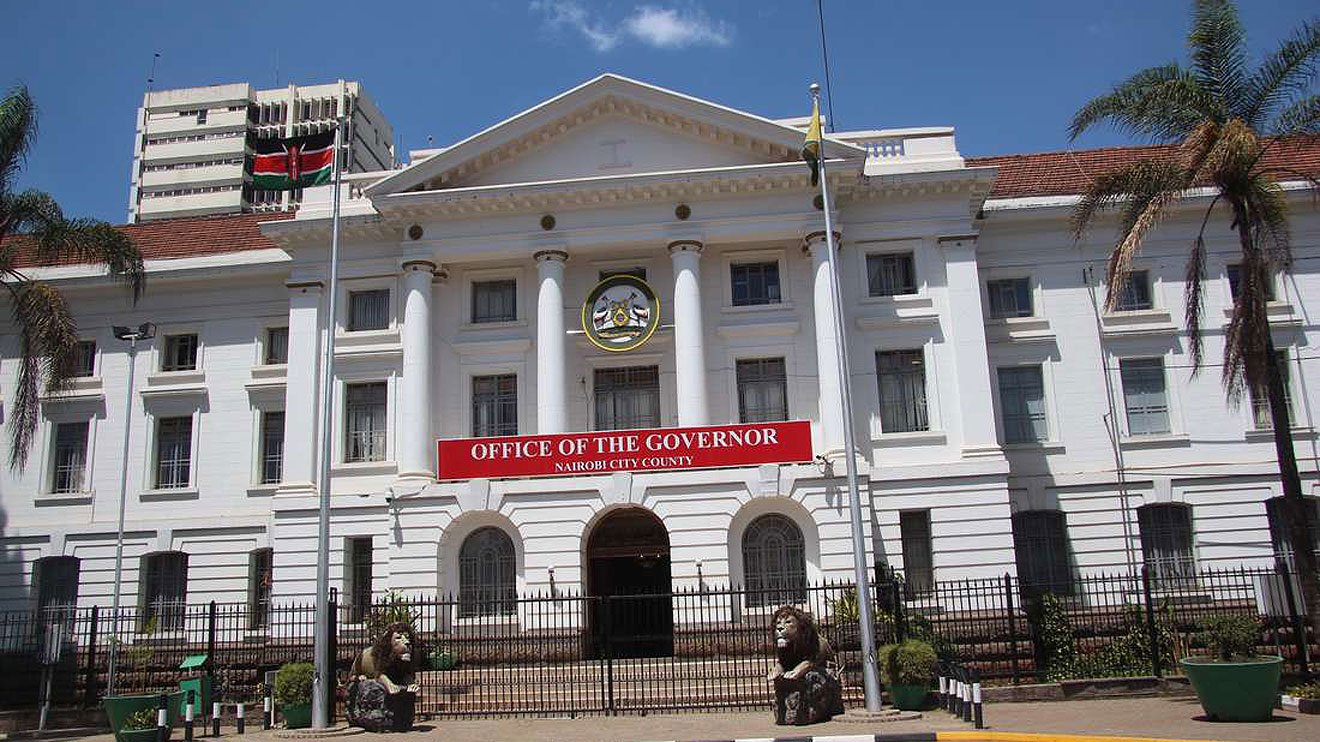 City Hall
City Hall
City Hall was later expanded in 1981 after the 13 storey City Hall Annex was adjoined to the building.
The High Court
It was also designed by Cobb & Archer and was built between the 1950s and the 1960s.
The building houses the Court of Appeal.
Kenya National Archives
It was designed by Cobb & Archer. Initially, the building housed Gridlays Bank but it was later taken over and turned into an archive.
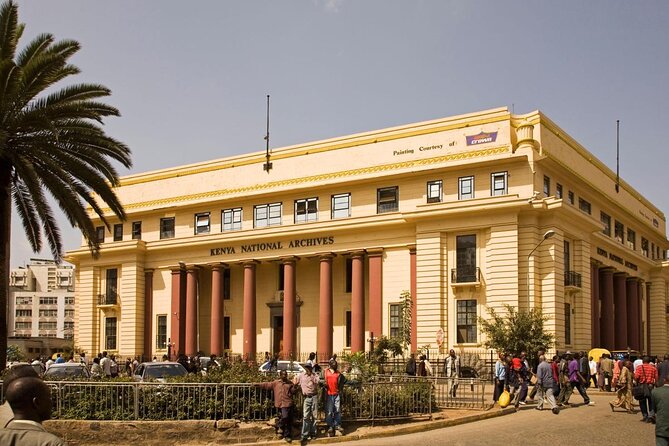 Inside the building is Jomo Kenyatta’s presidential seat, rare pictures, colonial documents, artefacts, historical paintings and the impressive Murumbi art collection.
Inside the building is Jomo Kenyatta’s presidential seat, rare pictures, colonial documents, artefacts, historical paintings and the impressive Murumbi art collection.
All Saints Cathedral
The foundation for the church was laid in 1917 and was constructed in three phases. The last phase was completed in 1962.
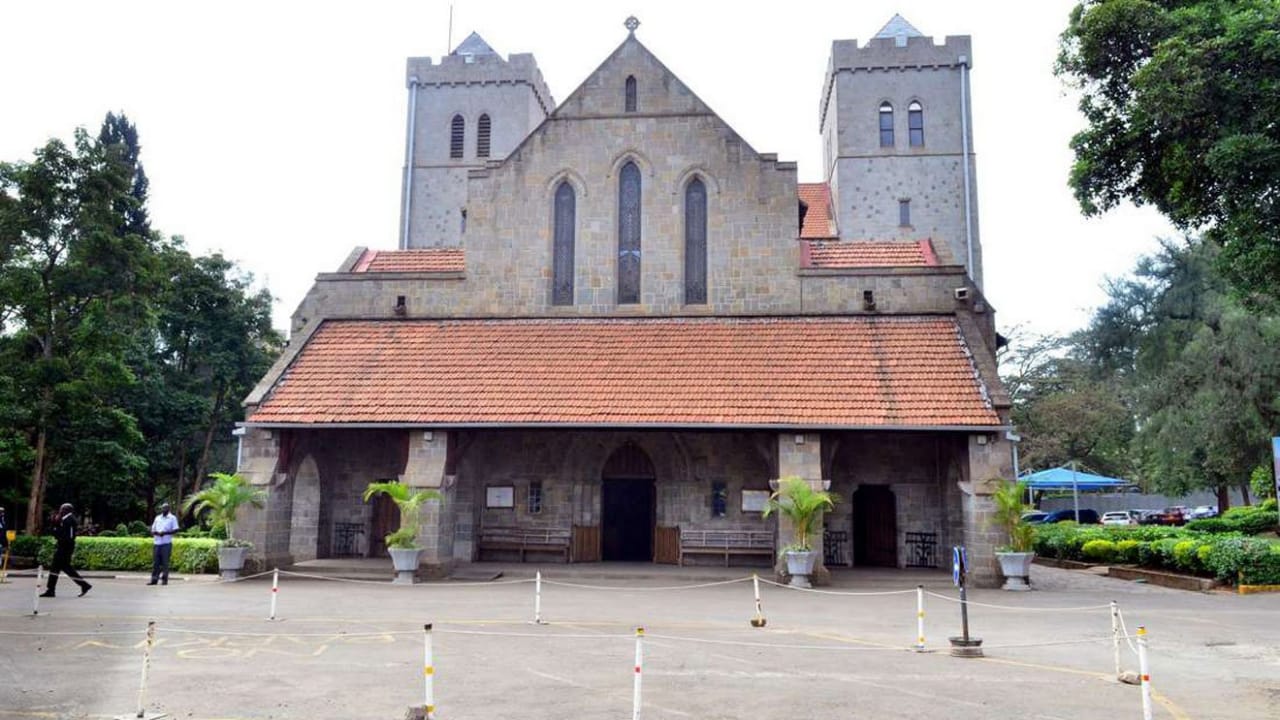 AJ Davis, a famous stained-glass designer from Britain, designed the church’s stained glass windows.
AJ Davis, a famous stained-glass designer from Britain, designed the church’s stained glass windows.
The foreman who oversaw the construction of All Saints Cathedral was a freemason.
Parliament Buildings
It was constructed in 1950s. The establishment had a Westminster architectural theme.
Parliament was designed by Thonrnly Dyer and Amyas D Connell. The large English clock has made it famous internationally.
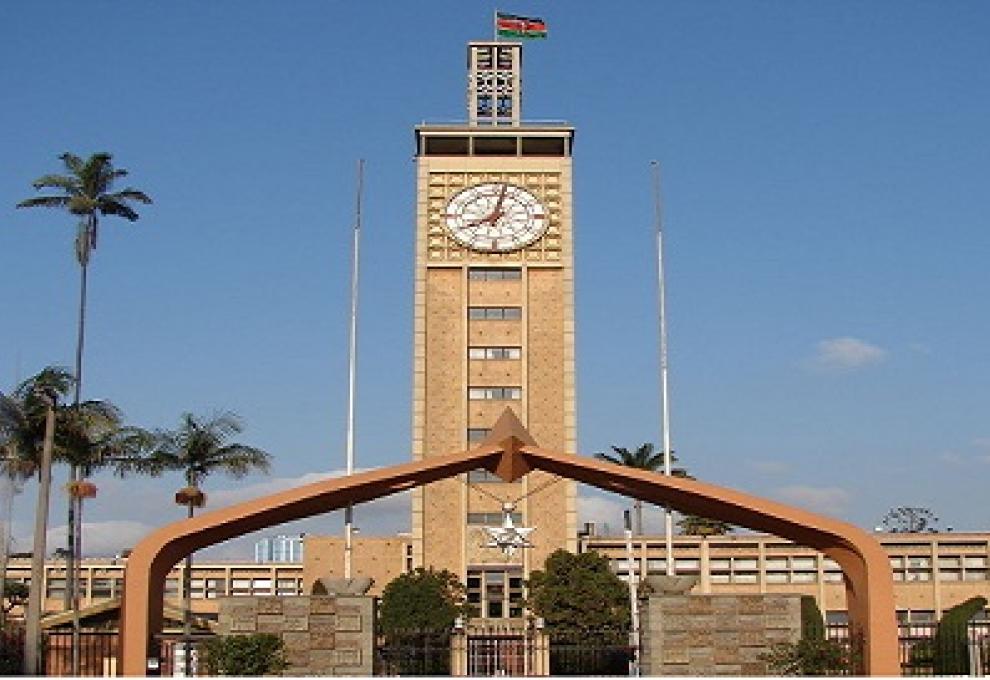 It also houses the mausoleum of the founding father Mzee Jomo Kenyatta.
It also houses the mausoleum of the founding father Mzee Jomo Kenyatta.
Parliament buildings was recently expanded to house more members of parliament and the senate in accordance with the 2010 Constitution.
Kenya Railways Headquarters
The establishment was constructed for three years and completed in 1927. It was designed by Herbert Baker.
Initially, the buildings served as the administration block of the East African Railway Corporation.
In 2006, Kenya and Uganda agreed to transfer management to Rift Valley Railways. The building now houses RVR, Kenya Railways staff.
